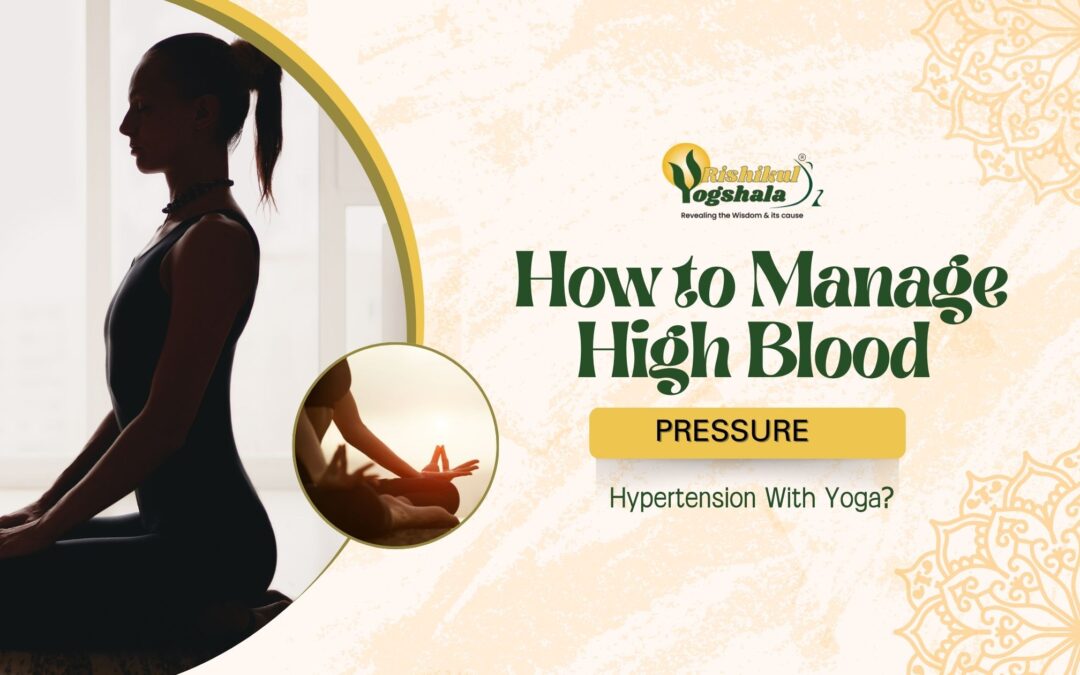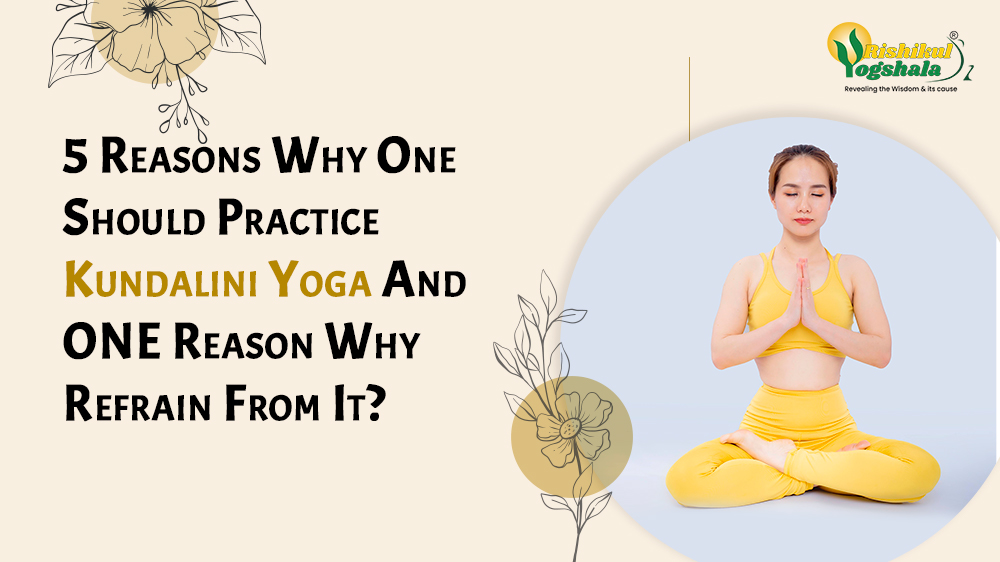7 Incredible Health Benefits of Eka Pada Pranamasana
- Blog
- /
- Health Benefits of Yoga
- /
- 7 Incredible Health Benefits...

Eka Pada Pranamasana: The One-Legged Prayer Pose

Eka Pada Pranamasana, or the One-Legged Prayer Pose, is a variation of Pranamasana, which is the starting pose for Surya Namaskara (Sun Salutation). This pose falls under the category of balancing asanas. The term “Eka Pada Pranamasana” is derived from Sanskrit: Eka means “one,” Pada means “foot,” Pranama means “prayer,” and Asana means “pose.”
This pose is renowned for its impressive health benefits. It fosters a sense of balance within the body and helps align oneself with the environment. In addition to its physical advantages, Eka Pada Pranamasana significantly contributes to mental well-being.
How to Perform Eka Pada Pranamasana ?
- Starting Position: Stand upright with your feet together and hands by your sides.
- Palm Gesture: Join your palms together in a Namaskara (prayer) gesture.
- Leg Positioning: Slowly raise your right leg, bend the knee, and place your foot on the inside of your left thigh.
- Balancing: Find your balance and maintain it for a few minutes while breathing deeply. Focus your gaze on a single object or close your eyes and concentrate on your breath.
- Returning: Gently lower your right foot back to the ground and return to a standing position. Repeat the process with your left foot.

Health Benefits of Eka Pada Pranamasana
Let’s discuss padahastasana benefits:
- Strengthens Leg Muscles: This pose builds significant strength in the leg muscles as the entire body weight rests on one leg. Regular practice is essential for muscle conditioning.
- Enhances Body Balance: Activates muscles that support the spine and legs, creating a harmonious balance within the body.
- Improves Posture: Helps in lengthening and stretching the spine, which supports good posture and alleviates back problems.
- Increases Focus: By concentrating on a specific object or your breath, this pose enhances focus and concentration.
- Regulates Sleeping Patterns: Channels active energy, helping to clear the mind and improve sleep quality.
- Boosts Blood Circulation: Opens up the chest and improves oxygen supply, which aids in blood circulation and prevents fat accumulation.
- Promotes Mindfulness: Encourages mental equilibrium and calmness, fostering willpower and self-esteem.
Learn More – What are the Benefits of Eka Padasana (One foot Pose)
Precautions and Contraindications for Eka Pada Pranamasana
- Timing: Practice this asana early in the morning or at least 3-4 hours after a meal.
- Pregnancy: Avoid this pose if you are pregnant due to the difficulty of balancing with additional weight.
- Injuries: Refrain from practicing if you have recent injuries to the leg, ankle, or foot as it may worsen the pain.
- Breathing: Remember to breathe deeply and keep your body relaxed to avoid muscle stiffness and ensure the benefits of the pose.
By incorporating Eka Pada Pranamasana into your routine, you can achieve a balanced and harmonious life. For more detailed information on yoga practices, visit our Yoga Teacher Training in Kerala or explore our Ayurveda Retreat in India.
Learn More – Pranamasana (Prayer Pose) – Top 5 Excellent Health Benefits
Conclusion
Eka Pada Pranamasana, or the One-Legged Prayer Pose, offers a range of benefits from improving physical strength and balance to enhancing mental focus and mindfulness. Regular practice of this asana can lead to better posture, regulated sleep patterns, and improved overall well-being. To explore more about yoga asanas and retreats, check out our 200 hour Yoga Teacher Training in Kerala, 300 hour Yoga Teacher Training in Kerala and our 500 Hour Yoga Teacher Training In Kerala.








